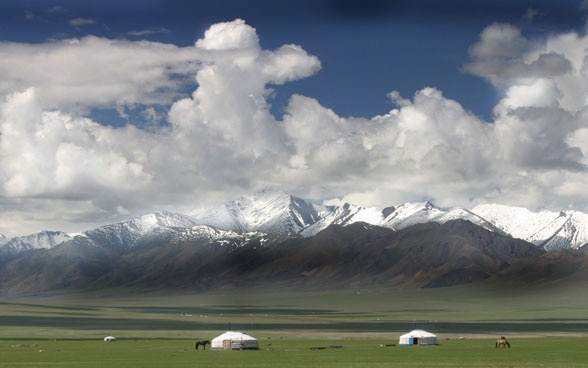
Mongolia is a role model when it comes to the sustainable management of natural resources. Its efforts were rewarded in 2015 at the universal exposition, Expo Milano.

Mongolia is a role model when it comes to the sustainable management of natural resources. Its efforts were rewarded in 2015 at the universal exposition, Expo Milano.
The collective management of rangeland by livestock farmers is the centrepiece of the Green Gold project. Pastureland covers four-fifths of the surface area of Mongolia and is the mainstay of its rural economy. One third of the population live from livestock farming. Overgrazing was the result of excessive pressure from humans and livestock following the transition to a market economy in 1999. It led to soil depletion, which in turn jeopardised food security in the country.
To tackle this phenomenon, the project encourages the creation of groups of herders to jointly manage these resources. So far, these associations have adopted techniques such as rotational grazing plans, fallowing, fencing and even hay storage to feed animals during the winter. In 2015, there were 1100 pasture user groups made up of over 35,000 herder households, comprising a total of 150,000 people. Since the launch of the project in 2005, around 8.7 million hectares of degraded rangeland have been rehabilitated.
At Expo Milano 2015, which was devoted to the theme 'Feeding the Planet, Energy for Life', the Green Gold project was selected from over 740 initiatives to be exhibited in Pavilion Zero, at the entrance to the universal exposition. It went on to win 1st prize in the 'Best Practices for Sustainable Development in Food Security' category. More than 20 million visitors from around the world attended Expo Milano.